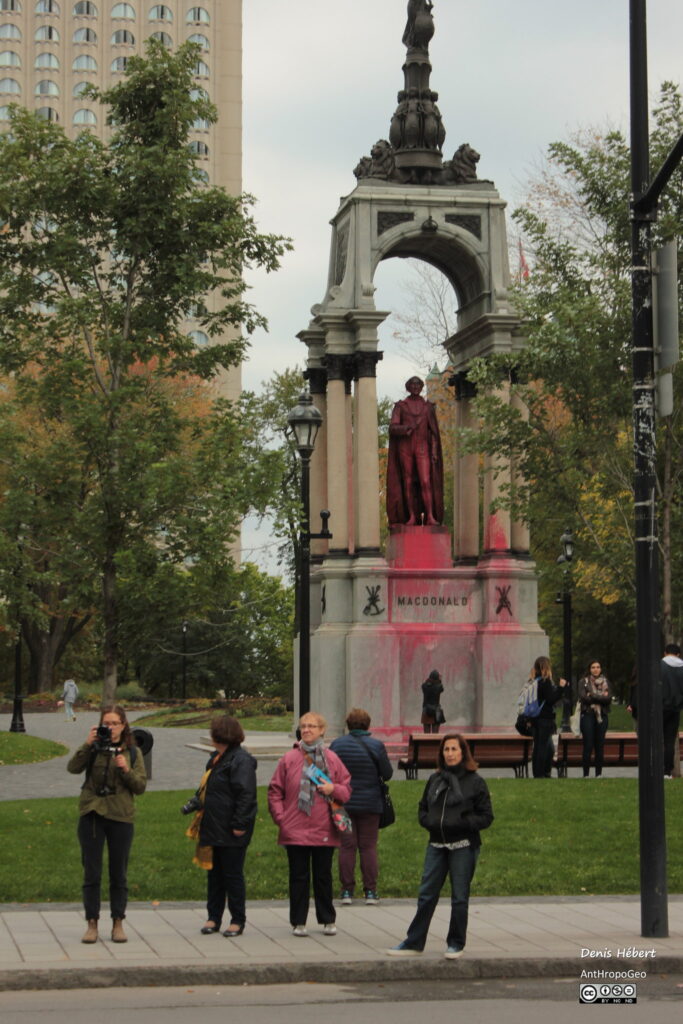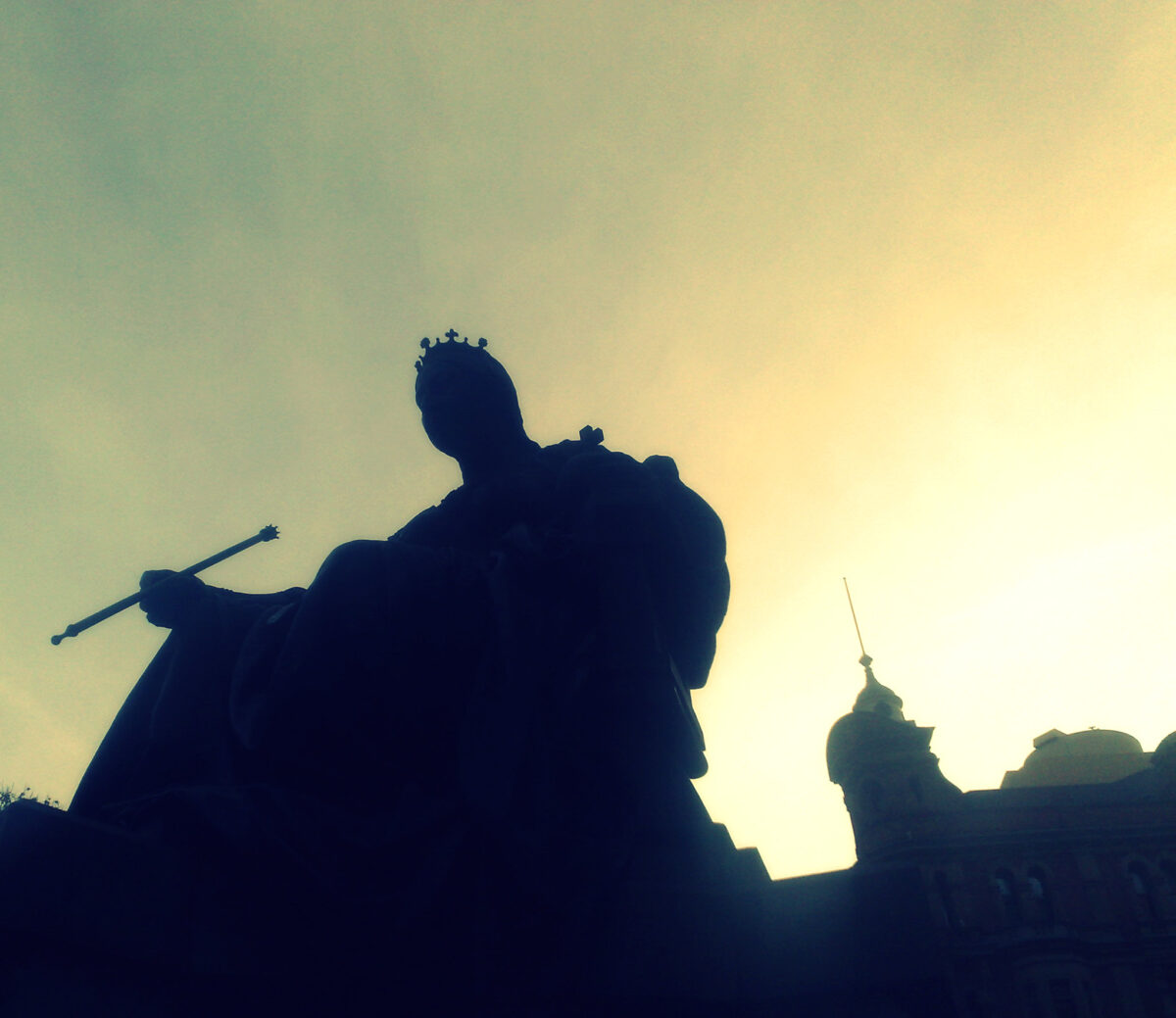QUEBEC CITY, CANADA – Defacing and taking down statues did not start yesterday, and it was not always carried out by ‘protesters’.
If you happen to be Canadian these days you are becoming accustomed to what you deem to be a new experience: the desecration of statues. In a surge of historic revisionism, busts representative of figures from Canada’s history, up to and including prime ministers, are attacked with paint or hammers, and on occasion even taken apart.
The causes for these actions are varied but many are tied to Canada’s history with its indigenous population, what Canadians call the First Nations. Broken treaties, the horror of the residential school system (where children were wrenched from their families and sent to (religious-run) centres and abused physically and psychologically), and the continued troubling conditions on First Nations territories all contribute to a damning of past policies and demands for reparation.

Whether this is a useful tactic or merely symbolic (dare I add illegal?) is a debate for another time. What is interesting is that there are those out there who think that any dead figure who had any role in what is seen now as unacceptable behaviour should not be seen in public and most certainly should not be memorialised in a statue (or a street name).
Except that none of this is new and on occasion terrorists jumped in on the activity.
On this day in 1963
The Front de Liberation du Quebec (FLQ), a terrorist group that killed eight people in total and carried out hundreds of bombings in its campaign to gain independence from Canada for Quebec, bombed a statue of Queen Victoria in Quebec City, leading to its ‘decapitation’.
The Rassemblement pour l’indépendance nationale (RIN), a party also seeking to split from Canada, issued a dark warning at the site of the attack: “within a year, there won’t be any of these statues left in Quebec City.”
The head was found 100 yards away and smaller pieces of the monument lodged in a building 500 feet from the spot.
The Globe and Mail
The FLQ went on to more serious crimes, culminating in the kidnapping and murder of Quebec Labour Minister Pierre Laporte in late 1970 in what has been called the ‘October Crisis‘ in Canada. ‘Killing’ statues gave way to killing real people. Pity that no one saw the former as a stepping stone – no pun intended! – to the latter.
Read More Today in Terrorism
May 31, 1906: Spanish anarchist bombs royal wedding
On May 31, 1906 a Spanish anarchist threw a bomb hoping to hit King Alfonso XIII, killing 24 and wounding more than 100.
May 30, 2009: Anti-government group bombs TV station in Ecuador
On May 30, 2009 two pamphlet-bombs exploded outside an Ecuadorian TV station and ministry: no victims or significant damage ensued.
May 29, 2016: ISIS uses chlorine gas in terrorist attack
On May 29, 2016 35 civilians were wounded in an ISIS attack using rockets containing chlorine gas in Iraq’s Nineveh Province.

